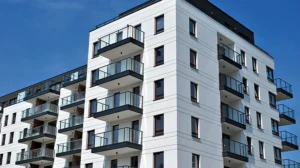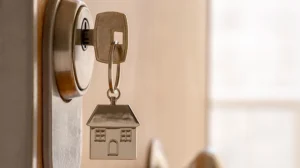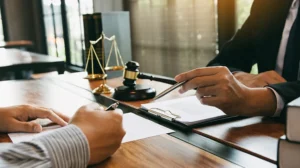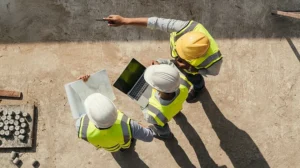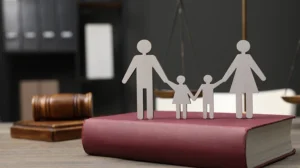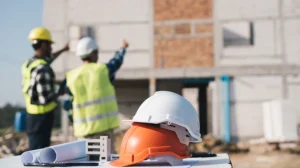| Following on from our previous blogs which have touched on Ralph Coleman’s move from Bowraville to Parramatta, the local Parramatta community and Ralph’s position within Western Sydney, here we take a look at some of the community work that Ralph involved himself in throughout his early years as a local solicitor.
It was not uncommon for lawyers in the early 20th century to take on roles within the community, and Ralph Coleman was no different – having taken on positions as both the pro bono lawyer to the Oatlands Golf Club and Chairman of the Parramatta Park Trust. Ralph worked as the Chairman of the Parramatta Park Trust for 25 years, during which time he was heavily involved in a great number of ventures – including a major push for Parramatta Park to become the home of Australian Grand Prix racing. Ralph was actually quoted in a local newspaper – The Cumberland Argus, on October 3 1951 saying that he ‘confidently expected that 100,000 people would attend the Australian Sporting Car Club’s meeting in the park…’ and that he ‘anticipated the Bathurst circuit would eventually be abandoned by the Club, which would use the Park for its meetings’. |
Parramatta Heritage Centre: Leaflet advertising the Parramatta Grand Prix. Courtesy of Brian Darby’s “Aussie Road Racing” |
| We will touch on (what turned out to be) this less than historic push to drive the Grand Prix from Bathurst to Parramatta further in future blogs, although it is interesting to note Ralph’s impressive insight into the fact that Parramatta and Western Sydney in general would, one day – look to seriously rival many Australian cities! With Ralph’s increasing involvement in the Parramatta community, it can be easy to forget the fact that he was, at the same time running his own legal practice. | Image courtesey Parramatta Heritage Centre |
| With his early promotional adverts often found throughout local newspapers – directing potential clients to call R. E. Coleman Solicitor on UW8601 (a telephone number unrecognisable by today’s standards), business was booming.
It was around this time, when Ralph was going through Eric Bowden’s strongroom that he discovered what is now known throughout the hallways of Coleman Greig Lawyers as ‘The Great Seal’. The wax seal, originally used by Governor Phillip in issuing deeds of land grants, was found attached to a grant of 30 acres of land near Parramatta to Edward Varndell, dated 22 February 1792 – an incredible piece of history, not only within the context of Coleman Greig, but Australia as a country! Today, this seal and the accompanying grant lies within the walls of the Mitchell Library, having been donated by Ralph himself. The land in question currently houses Dundas Public School – located at 85 Kissing Point Rd. Another interesting historical document found by Ralph Coleman in the early years of his time in Parramatta was the Abstract of Title relating to a 30 acre portion of land known as ‘Experiment Farm’ in Harris Park. The land was originally granted by Governor Phillip to James Ruse on 22 February 1790, then later sold to the Harris family – in turn becoming known as ‘Harris Farm’. This land was finally subdivided by the Harris family, who sold 5.75 acres to George Wigram Allen on 21 July 1876. In our next blog, we will look further at Ralph Coleman’s involvement with the Parramatta Park Trust, as well as a number of early Parramatta businesses linked to the Parramatta Grand Prix. |
|

Big changes ahead for the regulation of building products in NSW
All participants in the construction industry need to be aware of imminent changes to the laws regulating building products.


